Many marketers double-down on two or three channels that they know will yield a positive ROI. But ignore other channels, and you risk missing wider audiences.
Your customer is everywhere—and often all at once.
But the multichannel marketing landscape is getting harder to manage. No wonder, according to Adobe, that only 14% of organizations are running coordinated marketing campaigns across all channels.
In 2018, multichannel marketing will be more important than ever, so here are five tactics to include in your your multichannel marketing and customer experience strategy this year.
1. Targeted, Personalized Content
Personalization must be present across all touchpoints of the buying experience, including your content.
Imagine visiting a close friend and being offered a choice of coffee, cola, or wine. If you don't drink caffeine or alcohol, you'd think this friend doesn't know you at all.
When visiting Amazon, you don't see the same front page as everyone else. You see a page tailored to your needs. If Amazon serves you the products you're most interested in, you have a better experience and the company is more likely to make money.
Zulily, an e-commerce store for gifts, also takes that approach with its home page, using purchase history to determine which products are displayed:
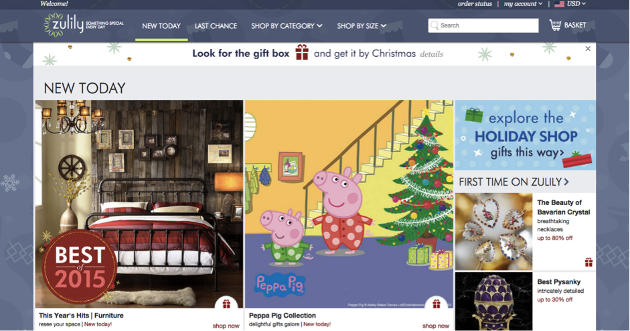
Image courtesy of AddThis
If you don't have easy access to purchase history, you can take a similar approach by displaying unique content to different audience segments. Apply this approach to all marketing channels, and you'll likely achieve a higher rate of engagement.
What Is Personalized Content?
Different people have different objectives when they come to your site. It's your job to understand these intentions—AKA customer intent—and deliver the right experience to specific users.
For instance, a jewelry seller could segment her audience as illustrated below. She would then know how to create personalized messaging for customers with different behaviors:
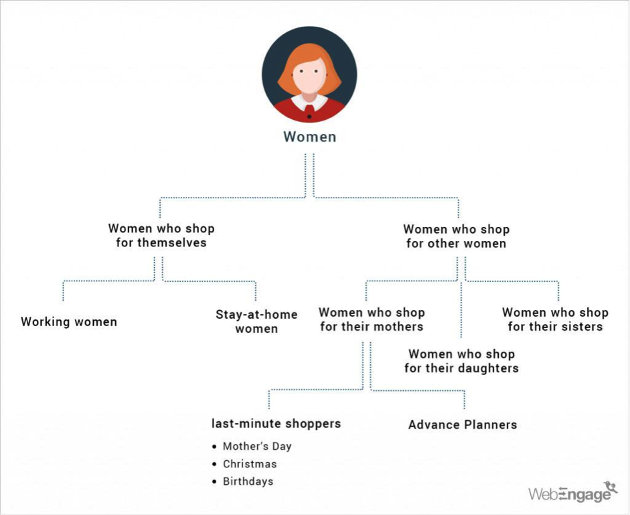
Serve different landing pages, value propositions, and calls to action based on user variables, including the location of the visitor, keywords used to search for your content, time of day, customer history, the device being used, and more.
BedBathStore used that type of personalization to increase conversions. Its site displayed various products and ads based on the needs of visitors:
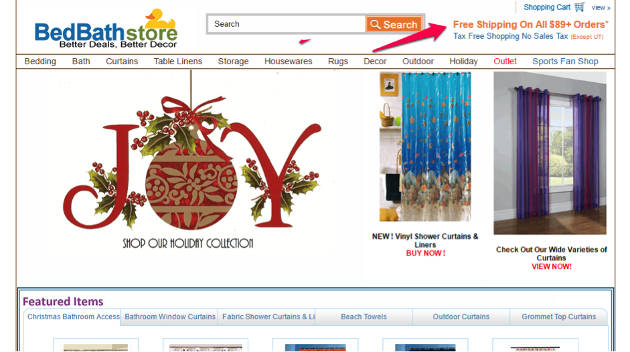
The result? Conversions rose 10%.
Personalized content shouldn't be exclusive to your owned media. It should also be a part of your distribution and advertising efforts. Gather insight into your customers so that you show them the right message wherever they may be.
How to Use Personalized Content
Implementing a good content personalization strategy begins with using the right tools. The solution you choose will depend on your industry and value proposition.
Begin by identifying which elements will inform each personalized message. Audit your current traffic and make a note of customer behavior on various channels.
Using your tool of choice, create a handful of different segments based on these conditions. Make this manageable by starting small, and scale up as you see results.
For example, you could create personalized messaging for your top five organic keywords or highest performing AdWords ads.
Analyze the results, and practice ongoing optimization. Keep auditing your traffic, and create more segments. The more personalized your content, the higher your conversion rate will be.
2. Notifications
As inboxes become more and more cluttered, marketers have had to find other ways to reach audiences.
This is where notifications come in. For the sake of this article, we'll split them into two types: Web push and mobile push notifications.
What Are Web Push Notifications?
In early 2015, Chrome released a feature to send Web notifications to users through their Web browsers.
When you land on a website that has this feature enabled, you'll see a call to action that looks like this:
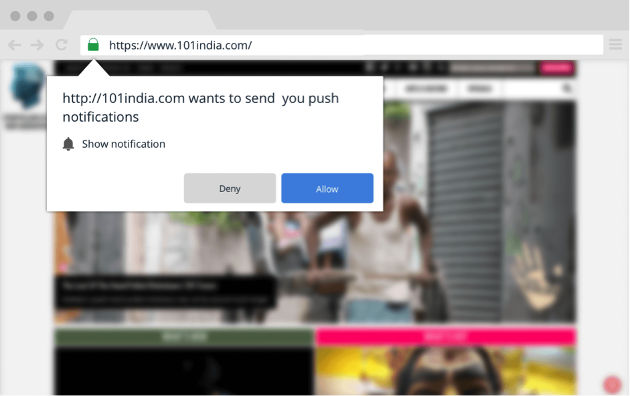
If you click "Allow," the website will be able to send you browser notifications when it has something noteworthy to share with you. Web notifications look like this:
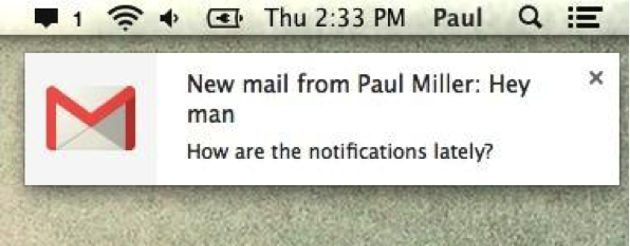
Image courtesy of The Verge
Notifications constitute a tremendous opportunity for marketers.
By convincing people to subscribe to browser notifications, you increase the chances that they will revisit your site. Send these messages only when there's something truly worth sending, such as an especially useful blog post or feature release, to avoid spamming your users.
What Are Mobile Push Notifications?
If you're an avid social media and mobile user, you've likely seen these before. Push notifications are messages that appear on mobile devices and can pop up even when an app isn't running.
For example, a news app can send push notifications when breaking news occurs. Or a social media app can alert users when they've been mentioned or tagged in an update.
Mobile notifications work like SMS messages, but they are sent only if a user has downloaded your app. There are no spam filters for notifications, and the clickthrough rates can be higher than email's.
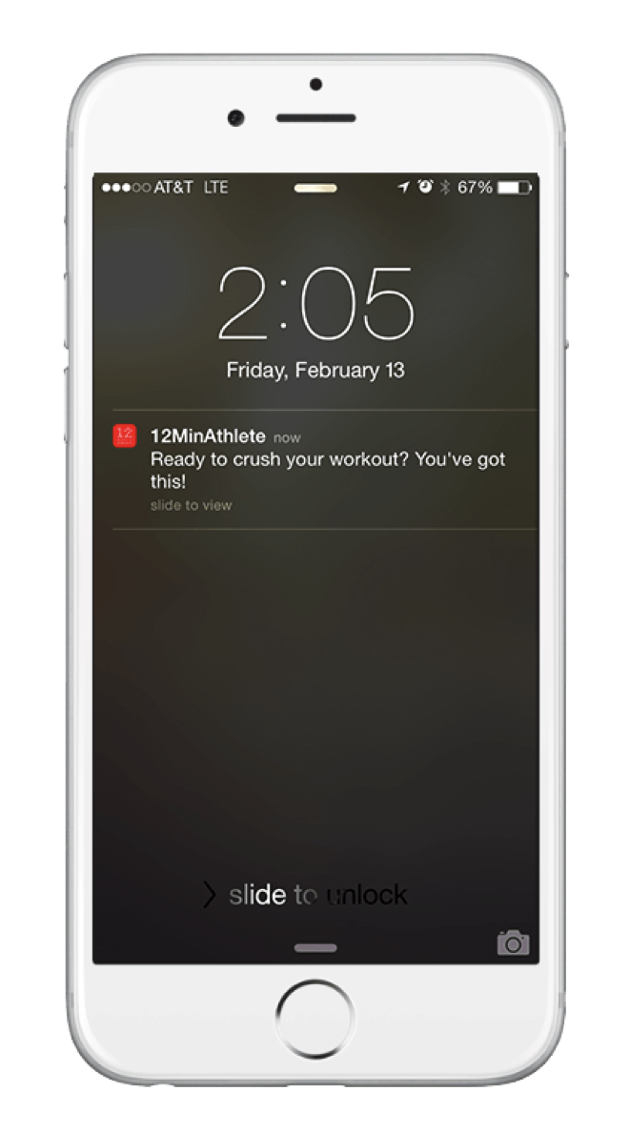
Image courtesy of 12 Minute Athlete
Businesses in any industry can use mobile push notifications. If you have brick-and-mortar locations, you can send push notifications when a user is nearby, offering them an incentive to walk into a store.
If you rely on time-in-app as a metric of success, you can use push notifications to increase retention. Give users a good enough reason to come back, and your app retention will improve over time.
Send notifications when customers have left the app in the middle of a process or during cart abandonment. Give them a discount or a reminder that they haven't completed their order.
To increase retention, Office Depot reminded customers of its next-business-day delivery policy, assuring them that they would get their goods in a timely fashion:
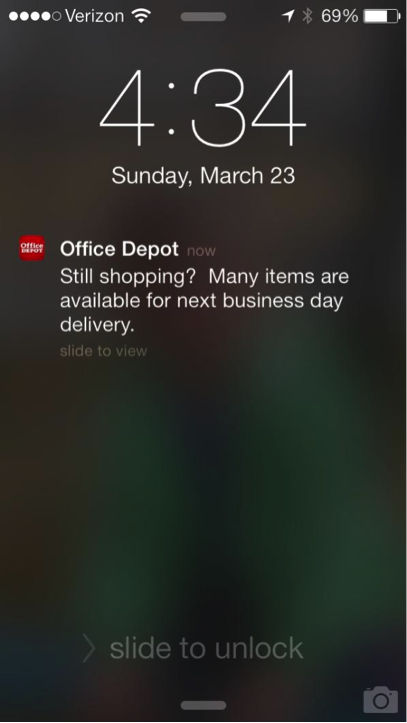
Retention is a constant struggle no matter what business you're in. Mobile marketing is now non-negotiable, and push notifications are an effective way to encourage customers to return to your app or site.
3. Social Media Retargeting
Regardless of the channel (e-commerce sites or social media), retargeting is usually a relatively inexpensive method of paid customer acquisition. Whether you're trying to amplify content or increase sales, now is the time to get on board.
A good way to get started is to target your existing audience using Facebook ads. When you set up a campaign through Facebook's custom audiences feature, you'll be given a snippet of code to apply to your website. After users visit your website, and subsequently visit Facebook, they'll be serve specific ads on the social network.
Serve different ads to different segments for the best results. For example, if a visitor reads a blog post but doesn't take further action, you can serve an ad for content further down the funnel.
Or, if someone spends time on a product page but doesn't buy, you can serve offers or a discount for that particular product.
It's easy to get started. Visit the Facebook ads manager,, click on the menu at the top of the page, and head to "Audiences" underneath "Assets." Once there, select "Create a Custom Audience":
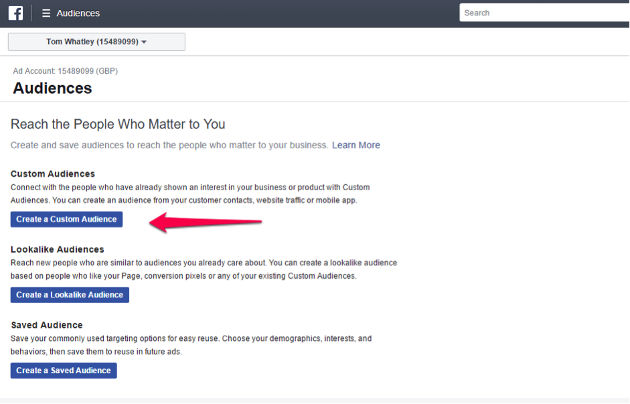
Select "Website Traffic," and give the pixel a meaningful name. You'll then see the following screen:
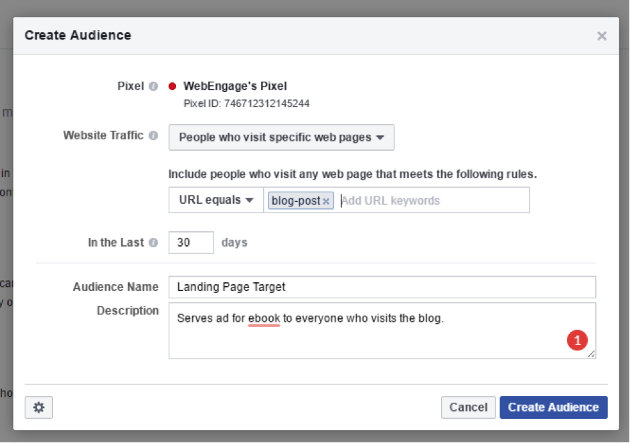
As you can see, we've selected website traffic from a specific blog post, defined under the "URL equals" dropdown, allowing you to serve ads to anyone who visits this page and this page only.
Next, click on "Create Audience" and continue through the wizard. Doing so will generate a traffic code. Place that code on every page on your website using a WordPress plugin or the help of your developer.
Retargeting is effective because it targets only those who have already engaged with your brand. They are much more likely to act and move along your funnel, resulting in a higher ROI for your efforts.
4. SMS
Reaching your audience through SMS isn't new. Yet for such an effective platform, it's still vastly underused in many industries.
SMS is inherently permission-based, and therefore not spam. Your customers and users have requested that you send them messages. Moreover, most people read their text messages regardless of who sends them.
When sending SMS messages, the first rule is to include a URL (or even phone number) as a call to action. Your website should already be mobile responsive. You can't use flashy buttons, so a URL is the best way to get recipients to act.
As with most marketing, timing is key. Send SMS messages when a customer is about to decide whether to buy. They can also be used to reactivate lost customers. Glue Store did that by alerting customers about its latest sale:
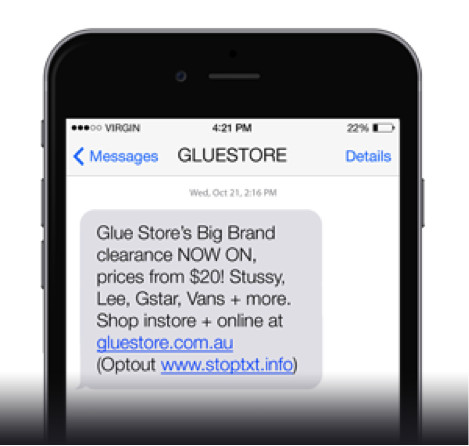
Image courtesy of SL Interactive
As you can see, Glue Store not only made good use of timing but also included a (trackable) call to action. It was short and direct, and it gave a compelling reason for the recipient to visit the website.
5. Messenger Bots
We're still a long way from actual AI's being a scalable and affordable asset in business. Until then, messenger bots may be the next best thing.
The way we communicate online is evolving, and bots are getting attention. Facebook is getting things started with bots for Messenger. Amazon's Alexa is also leading in the AI field, acting as a virtual assistant for the home. For marketers, the most accessible opportunity is in the field of automated help.
This channel acts similarly to a telephone switchboard (e.g., press 1 for sales, 2 for customer service), only it's much more dynamic and faster to use.
"DOM" by Domino's Pizza is one example of a brand's using messenger bots to engage with customers:
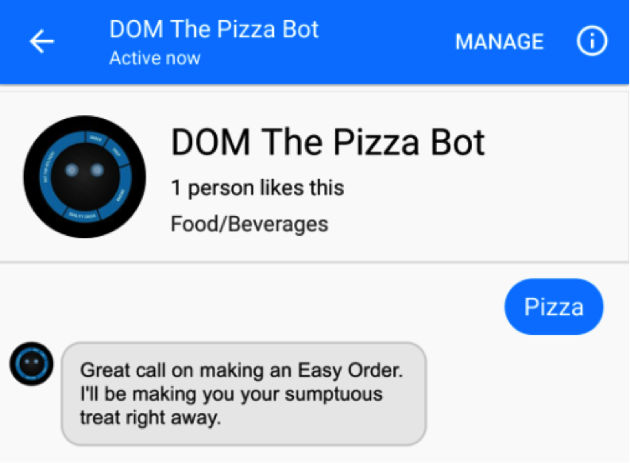
Image courtesy of Buzz
When customers install the bot, they can order and track pizza deliveries right from Messenger. The bot gives prompts and helps guide users, which are best-practices across all messenger bots.
E-commerce brand Spring offers another example. Its bot guides users through a series of questions, finding clothes that match their fashion tastes:
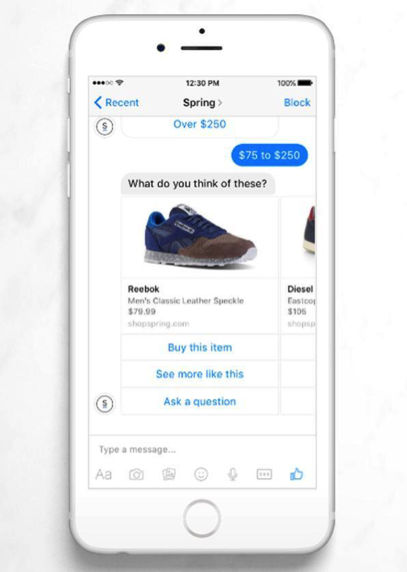
Image courtesy of Forbes
There are two ways to get started with Messenger bots: hire a developer or use a tool to help you build one.
Flow XO and Chatfuel are promising solutions. Both are easy to use and quick to get started with, and they offer multiple integrations. You can even offer human intervention if needed.
Messenger bots take customer experience to a new level. You're creating a scalable customer service team on a platform that consumers use daily. And right now, it couldn't be easier to get started.
Conclusion
Multichannel marketing means getting in front of your customers wherever their attention is. The organizations that do so are generating great results.
The technological hurdles are getting even lower. By investing in these technologies now, you're setting yourself up for greater success in 2018 and beyond.
Have you tested any of the channels or techniques we've covered today? Share your experiences in the comments section below.




